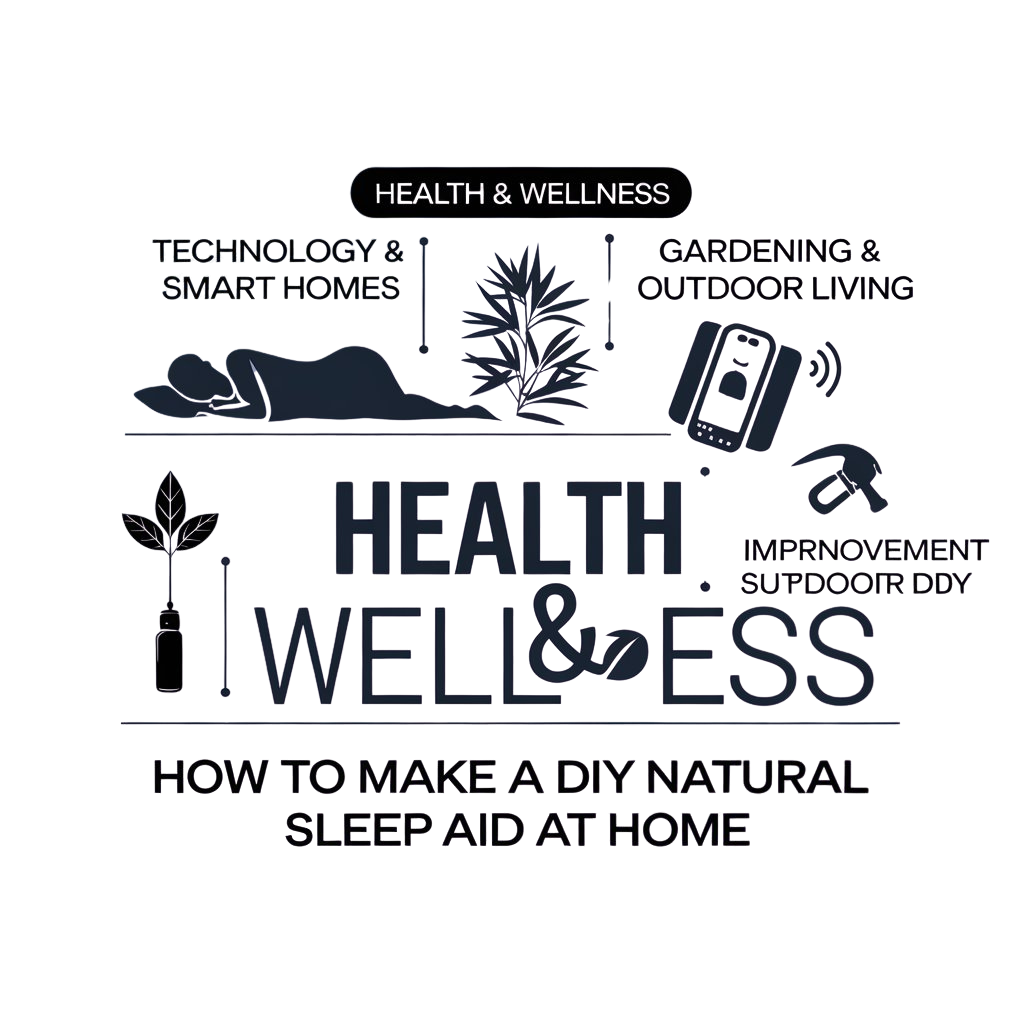Are you an avid gardener looking for sustainable ways to enhance your green space? DIY raised garden beds are an excellent solution, offering numerous benefits such as improved soil drainage, easier access for planting and maintenance, and even the prevention of soil compaction. Additionally, by utilizing recycled materials, you can create a unique and environmentally friendly space without breaking the bank. This article will guide you through the process of building raised garden beds, from choosing the right materials to constructing and maintaining your new garden feature.
## Choosing Recycled Materials
When it comes to building DIY raised garden beds, selecting the right materials is crucial. Here’s how you can source recycled materials for your project:
### Sourcing Materials
1. Wood Pallets
One of the most accessible sources of recycled wood is wooden pallets. These can often be found for free at construction sites or stores, and they provide a sturdy base for your garden bed. Just ensure the pallets are heat-treated and free from chemicals like methyl bromide, which can be harmful.
2. Reclaimed Lumber
Check out local salvage yards or lumberyards that offer reclaimed wood. This can include old fence boards, barn wood, or even wine barrel staves. Reclaimed lumber adds character to your garden bed and is a great way to repurpose old wood.
3. Recycled Plastic
Another durable option is recycled plastic lumber. It is made from recycled plastic bottles and containers, so it’s an eco-friendly choice. Plastic lumber is available in various sizes and colors, making it an attractive and low-maintenance alternative to wood.
4. Old Tires
For a more creative approach, consider using old tires. Stack and fill them with soil, creating a unique raised bed. This method is ideal for those looking for a fun, upcycled garden feature.
### Safety and Preparation
Before using any recycled materials, ensure they are clean and safe. Remove any nails or screws from wood, and wash it thoroughly, especially if it has been treated with chemicals. For plastic, check for any sharp edges and ensure it is free from toxins. By taking these precautions, you can create a safe and healthy environment for your plants.
## Building Your Raised Garden Bed
Now, let’s dive into the construction process:
### Step-by-Step Guide
1. Plan Your Design
Decide on the size and shape of your garden bed. Common shapes include rectangles, squares, or circles. Measure and mark the area where you want to build.
2. Gather Materials
Collect the recycled materials you’ve sourced. You’ll need enough to create the sides of the bed and potentially a bottom if using tires. For wood, consider using longer lengths to minimize waste.
3. Assemble the Bed
– **Wooden Pallet Bed**: Stack and secure pallets to form the sides.
– **Reclaimed Lumber**: Build a frame using 2x4s or similar lumber, then attach the reclaimed wood to the frame.
– **Recycled Plastic**: Cut the plastic lumber to size and assemble using specialized connectors or screws.
4. Prepare the Soil
Fill your newly built bed with a mixture of topsoil, compost, and other organic matter. This will provide a nutrient-rich environment for your plants.
## Maintaining Your Garden Bed
Once your raised garden bed is built, proper maintenance will ensure its longevity.
### Tips for Longevity
1. Regular Inspection
Periodically check the structure for any signs of wear and tear. Look for loose screws, rotting wood, or cracks in plastic.
2. Soil Management
Maintain healthy soil by regularly adding compost and organic fertilizers. This will ensure your plants receive the nutrients they need.
3. Pest Control
Implement organic pest control methods to protect your plants. Companion planting and natural deterrents can help keep pests at bay.
### Common Issues
Address issues like weeds, root-bound plants, and water drainage concerns. Regularly check for pests and diseases, and take appropriate measures to keep your garden healthy.
## External Resources
Here are some additional resources to help you with your DIY project:
1. The Spruce’s Guide to Building Raised Garden Beds
2. Bob Vila’s Tips for Building and Maintaining Raised Garden Beds
3. Garden Design’s Creative Ideas for Raised Beds
## Frequently Asked Questions
1. Can I use any type of recycled plastic for my garden bed?
It is recommended to use plastic lumber specifically designed for outdoor use and construction. This ensures the material is durable and safe for plants.
2. How deep should I make my raised garden bed?
The depth of your bed will depend on the plants you want to grow. For most vegetables, a depth of 10-12 inches is sufficient. For deeper-rooted plants, consider building a taller bed or adding a trellis for vertical growth.
3. How often should I water my raised garden bed?
Watering frequency depends on the climate and the plants’ needs. Generally, raised beds may require more frequent watering than traditional gardens. Pay attention to soil moisture and water thoroughly when the top inch feels dry.
## Conclusion
DIY raised garden beds are an excellent project for any gardener looking to create a unique and sustainable outdoor space. By utilizing recycled materials, you can build a cost-effective and environmentally friendly garden feature. Whether you choose wood, plastic, or tires, ensure the materials are safe and prepare them accordingly. With proper construction and maintenance, your raised garden bed will provide years of fruitful and enjoyable gardening.

